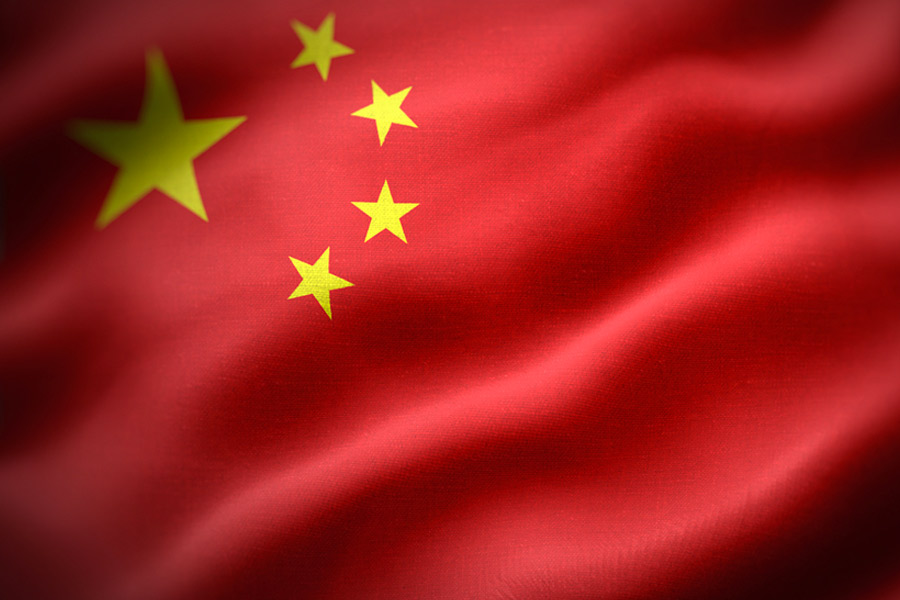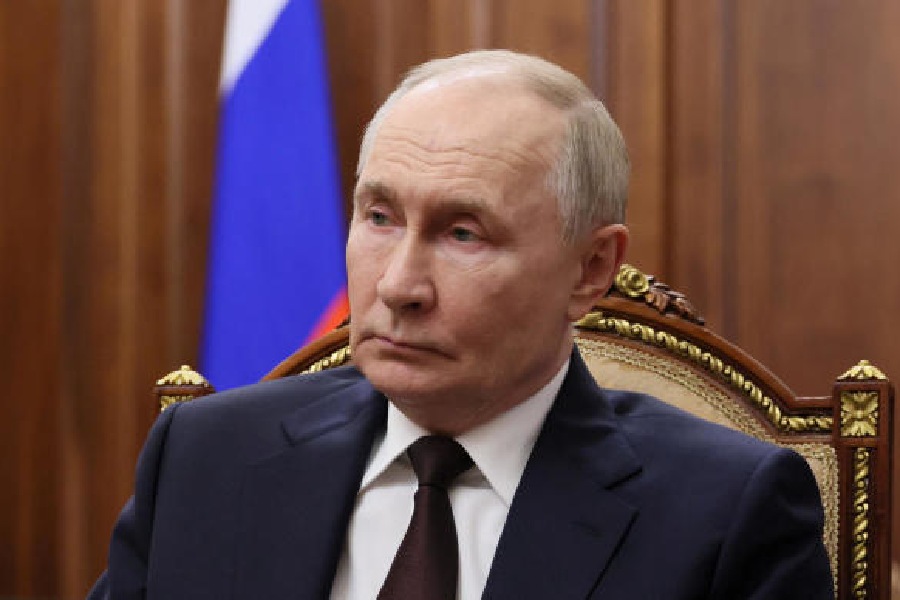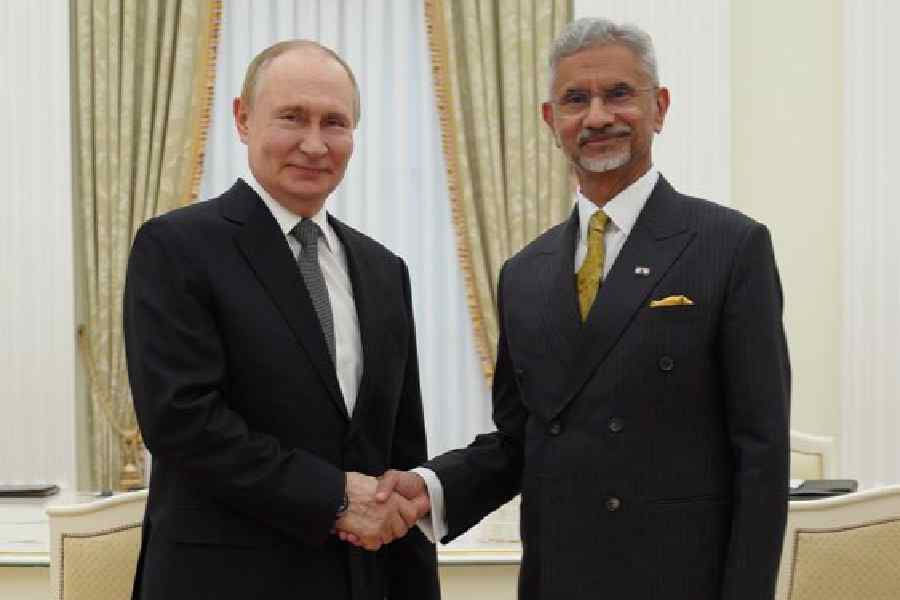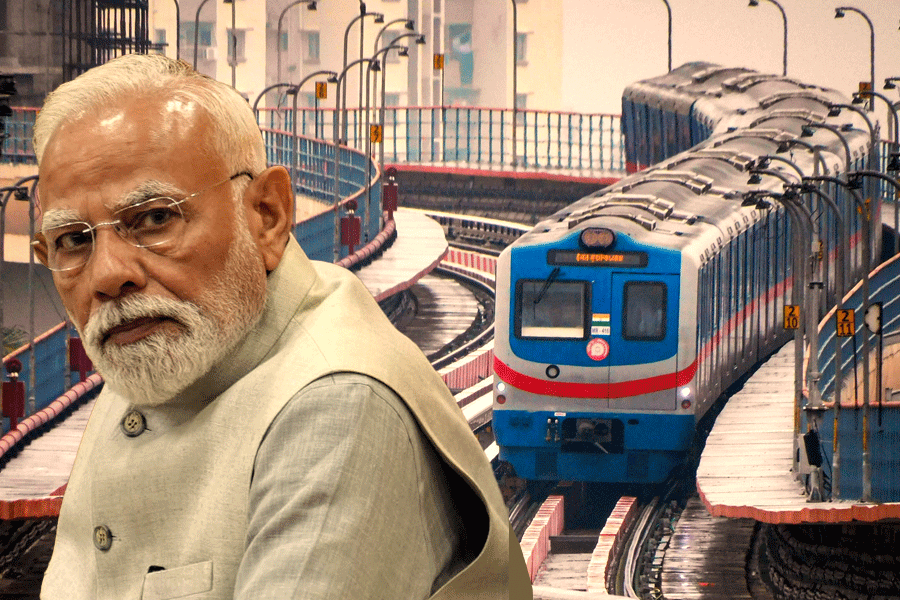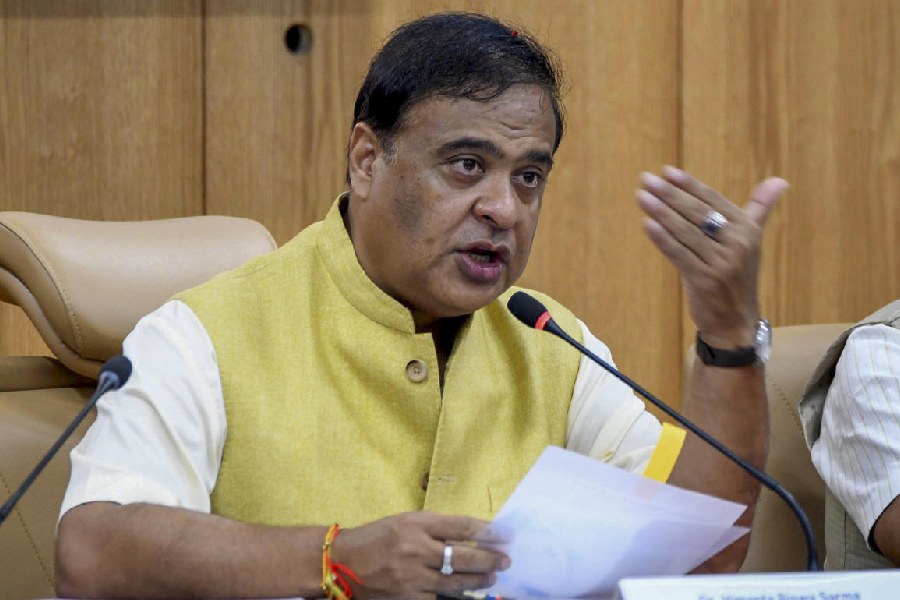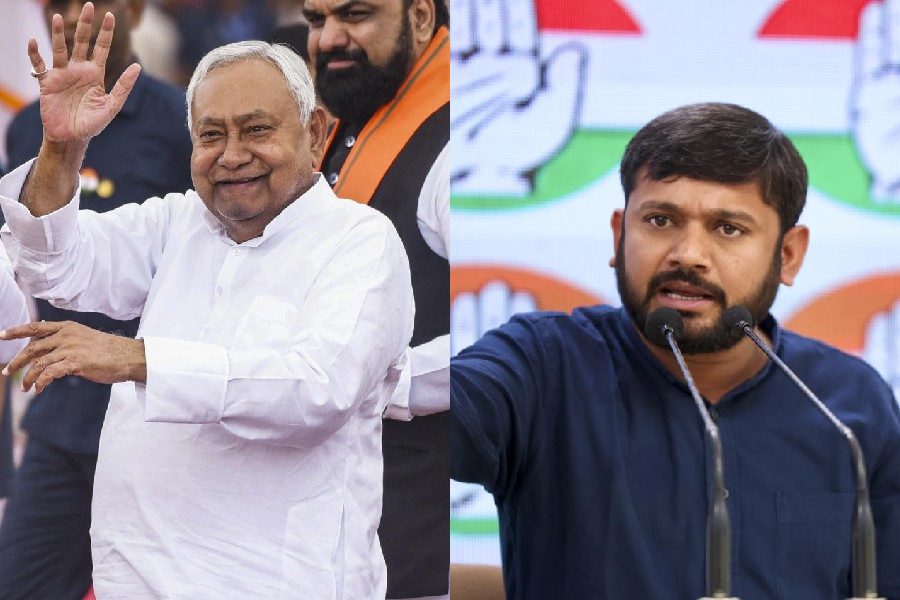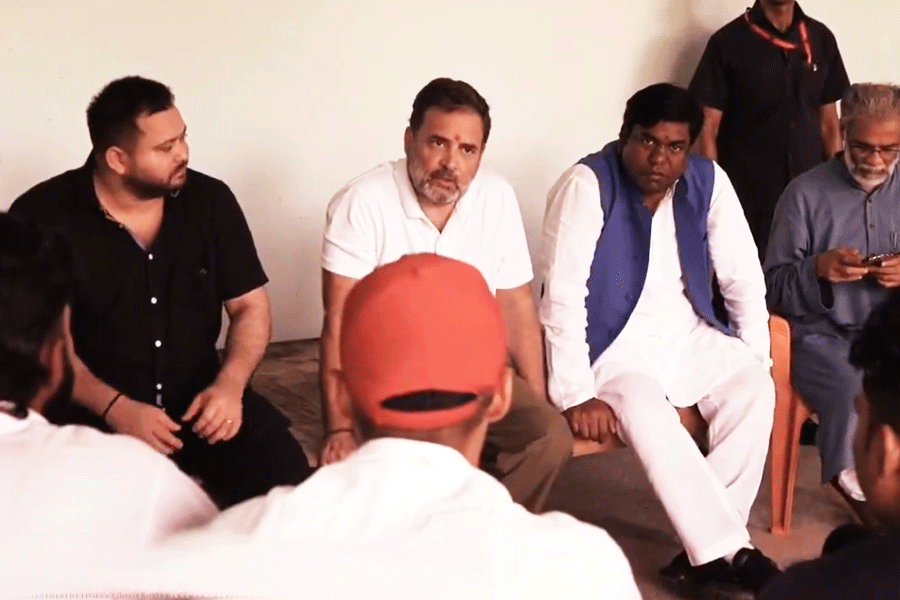Mumbai, Feb. 11: Amid the current controversy surrounding illegal Bangladeshi immigrants, a city NGO has made a demand to include the issue of Bangladeshi women from Mumbai’s red light districts in the bilateral talks this week.
People’s Health Organisation, which works with women in prostitution and AIDS, feels that the Indo-Bangla talks this week would be a good opportunity to address the question of the approximately 5,000 Bangladeshi women in the city’s red light districts.
“The external affairs ministry should make this neglected issue a part of the bilateral agenda to be discussed between India and Bangladesh,” says I.S. Gilada, head of People’s Health Organisation.
Women from Bangladesh began to enter Kamathipura and Mumbai’s other red light areas after the 1992-93 riots.
“While in 1985 there was hardly any Bangladeshi girl in the sex trade in Mumbai, their number was nearly 2,000 (3 per cent of 60,000) by 1994 and now it has become a staggering 5,000 — 20 per cent of 25,000 sex workers,” says the head of the People’s Health Organisation.
While there has been a lot of media attention on the presence of Nepali women in Mumbai’s sex trade, similar light has not been thrown on the Bangladeshi women.
According to People’s Health Organisation, after the bomb-blasts in Mumbai in 1992-93, more than 30 per cent of the estimated 1,00,000 sex workers from the city migrated to other places, including their hometowns.
It is then that the Bangladeshi girls came into the trade. This number has been growing, but now the authorities should step in to block one route of the trade at least, the NGO feels.
The Bangladeshi women face more problems than others in Mumbai’s red light districts because of the language barrier, it adds.
Since many of them do not understand Hindi or Marathi and tend to cluster together, local AIDS awareness workers find it more difficult to communicate with them. It makes them more vulnerable to HIV.
Along with Bangladeshi women, there’s also a marked presence of women from West Bengal in the red light districts in Mumbai.


